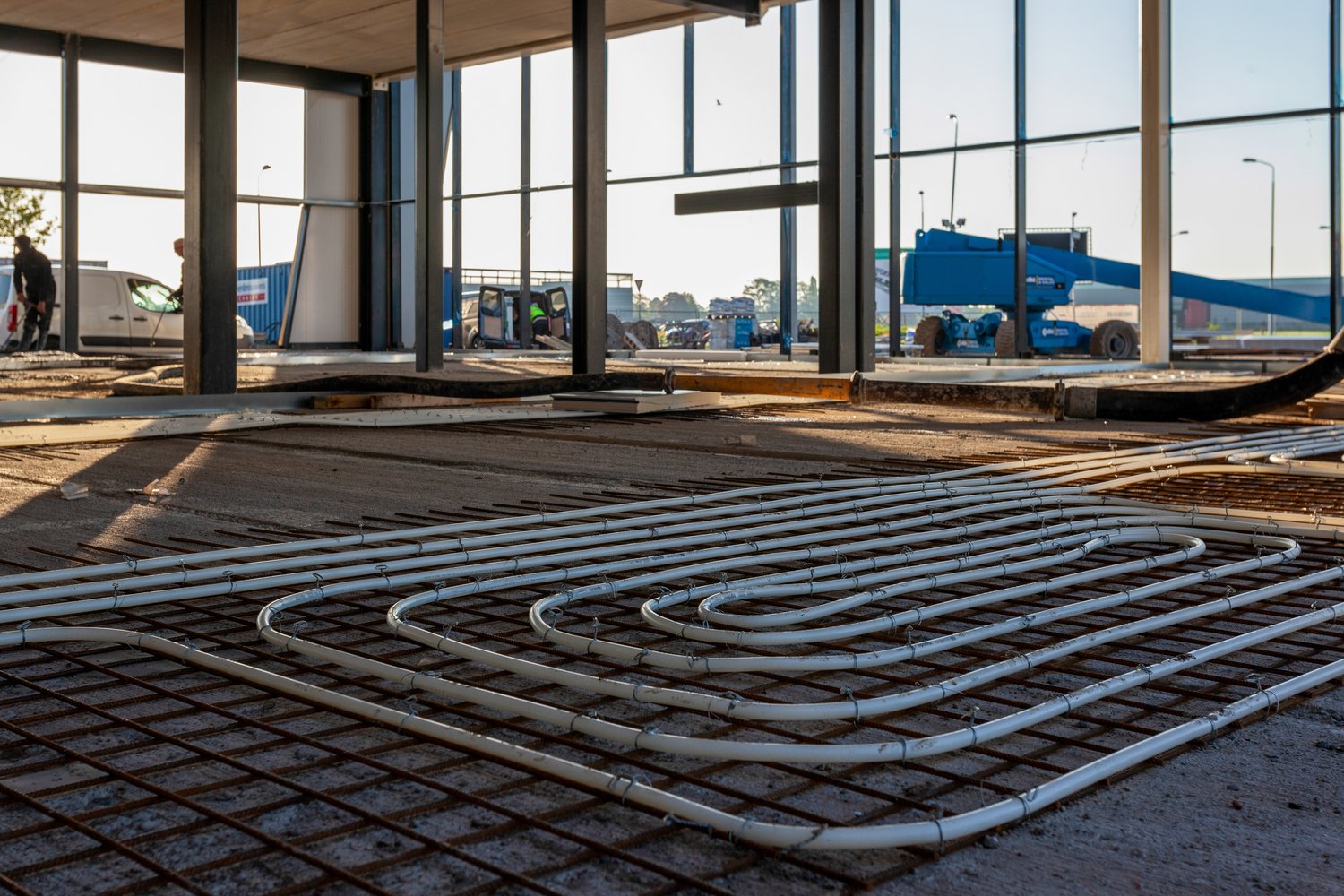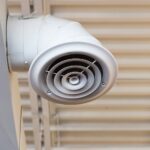Understanding floor heating basics
Floor heating is a modern heating solution that provides consistent warmth throughout a room. This system uses radiant heat, which warms objects and people directly. Unlike traditional radiators, it doesn’t rely on air circulation. Floor heating systems come in two main types: electric and hydronic. Electric systems use heating cables or mats, while hydronic systems circulate warm water through pipes. Both types can be installed under various flooring materials, including tile, hardwood, and carpet.
The efficiency of floor heating is impressive. These systems can operate at lower temperatures than conventional heating methods, reducing energy consumption. On average, floor heating can be up to 25% more efficient than radiator-based systems. This efficiency translates to lower energy bills and a smaller carbon footprint. Additionally, Floor heating eliminates cold spots in rooms, ensuring a more comfortable living environment.
Installation of floor heating requires careful planning. The process typically takes 2-4 days for an average-sized room. Costs vary depending on the system type and room size, but generally range from $10 to $20 per square foot. It’s crucial to consider factors such as insulation, floor height, and power requirements before installation. Professional installation is recommended to ensure optimal performance and safety.
Choosing the right floor heating system
Selecting the appropriate floor heating system depends on several factors. Room size is a primary consideration; larger spaces may benefit more from hydronic systems due to their lower operating costs. The type of flooring also plays a role. Tile and stone conduct heat well, making them ideal for any system. For wood or carpet, electric systems with lower heat output are often recommended to prevent damage.
Energy source availability is another crucial factor. Electric systems are suitable for most homes, requiring only a connection to the electrical grid. Hydronic systems need a boiler or heat pump, which may not be feasible in all properties. The initial installation cost of hydronic systems is higher, but they can be more economical to run in the long term, especially in larger areas.
Consider the control options available with different systems. Modern heating systems often include smart thermostats, allowing for precise temperature control and scheduling. Some systems can be integrated with home automation platforms, offering convenience and potentially further energy savings. Zoning capabilities, which allow different areas to be heated independently, can also enhance comfort and efficiency.
Installation process and best practices
Proper installation is key to the performance and longevity of floor heating systems. The process begins with a thorough assessment of the subfloor. Any unevenness or moisture issues must be addressed before installation. Insulation is crucial; a well-insulated floor can improve system efficiency by up to 50%. For electric systems, heating mats or cables are laid out according to a predetermined pattern, ensuring even coverage.
Hydronic systems require the installation of pipes, typically spaced 6-12 inches apart. These pipes are connected to a manifold, which regulates water flow. Both system types are then covered with a layer of screed or self-leveling compound. This layer must be allowed to cure fully before flooring is laid, usually taking 24-72 hours depending on the product used.
Testing is a critical step in the installation process. For electric systems, resistance tests are performed at multiple stages to ensure proper functioning. Hydronic systems undergo pressure tests to check for leaks. After installation, it’s recommended to gradually increase the system’s temperature over several days. This process, known as commissioning, helps prevent damage to both the heating system and flooring materials.
Maintenance and energy-saving tips
Floor heating systems are generally low-maintenance, but regular checks can ensure optimal performance. Annual inspections by a professional can identify and address potential issues early. For hydronic systems, checking water pressure and topping up the system if needed is important. This should be done at least once a year, typically before the heating season begins.
To maximize energy efficiency, proper use of thermostats is crucial. Programming the system to lower temperatures when rooms are unoccupied can lead to significant savings. Studies show that reducing the temperature by just 1°C can cut energy use by up to 7%. Using rugs or furniture with legs that allow air circulation helps maintain efficient heat distribution.
Consider the following energy-saving tips:
- Use zoning controls to heat only occupied areas
- Maintain consistent temperatures rather than frequent adjustments
- Ensure proper insulation in walls and ceilings to retain heat
- Clean or replace filters in hydronic systems annually
By following these practices, homeowners can enjoy the comfort of floor heating while minimizing energy consumption and costs.





